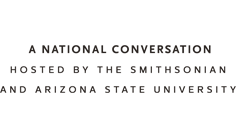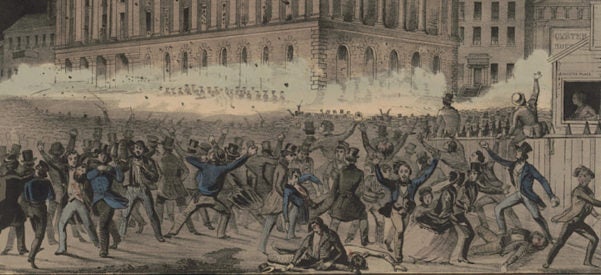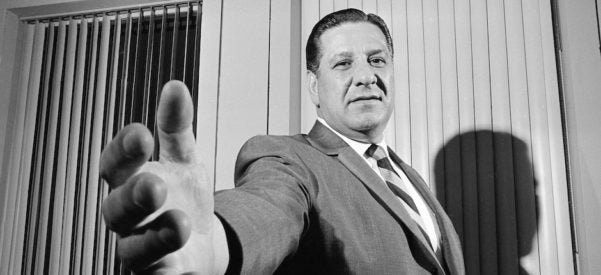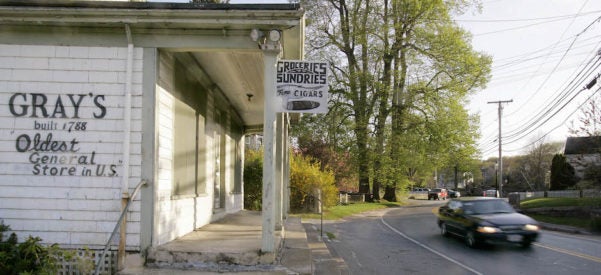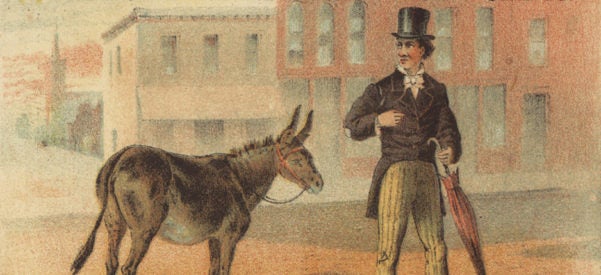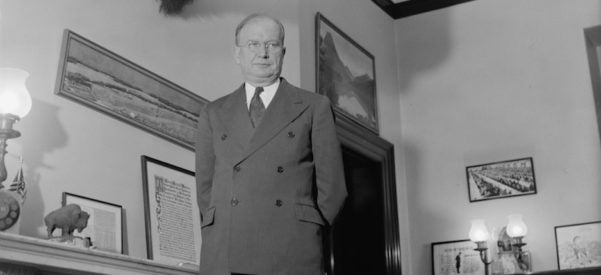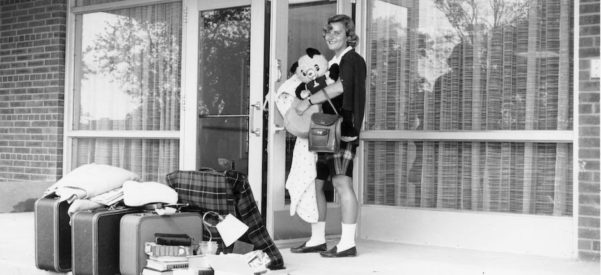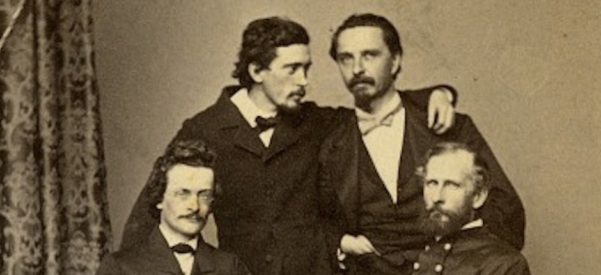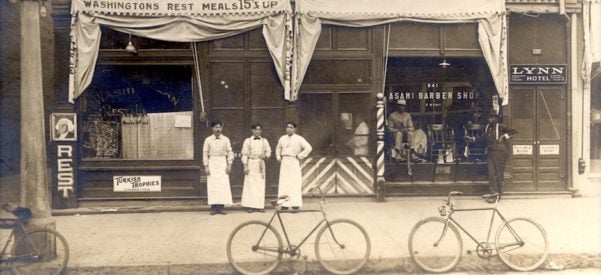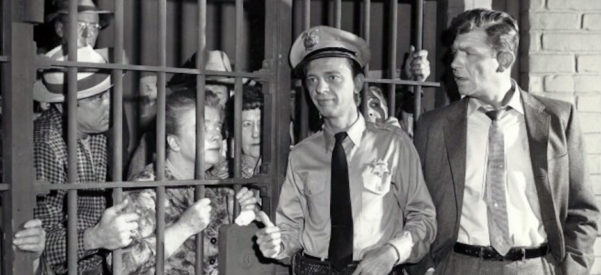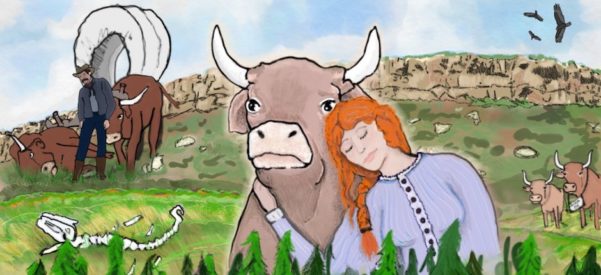When Did Americans Go Crazy for Celebrities?
In 1849, a Riot Between 10,000 Fans of Two Rival Actors Left 27 People Dead
May 10, 1849, New York City. Twenty-two people lay dead and 150 were injured in the deadliest event of its kind in the city up to that point. The cause was not a workers’ uprising or political clash. What came to be known as the Astor Place Riot resulted from a feud between two well-known actors—or, more accurately, between their fans.
At the time, the New York Tribune expressed disbelief that so many people could be killed or injured because “two …

